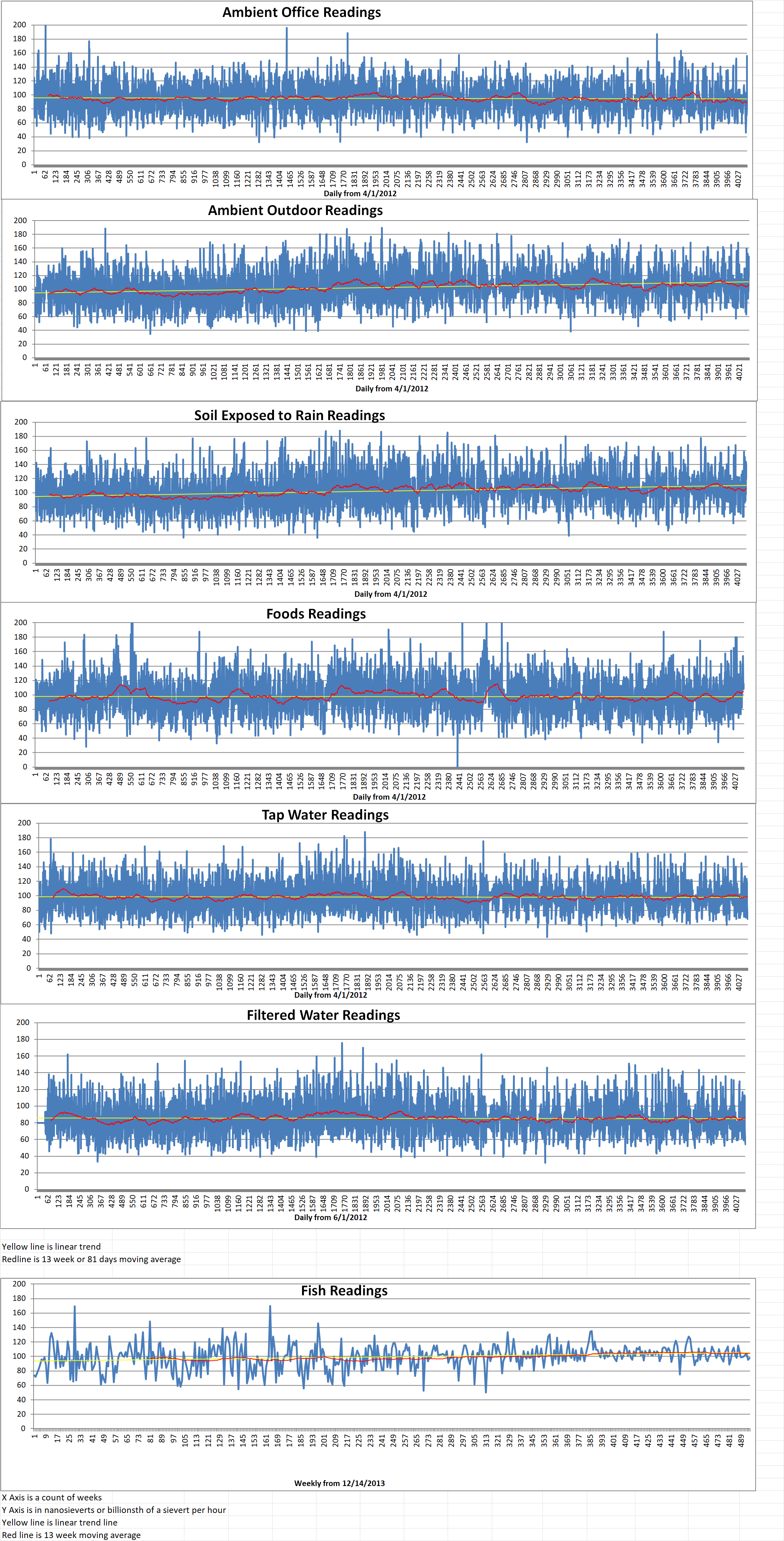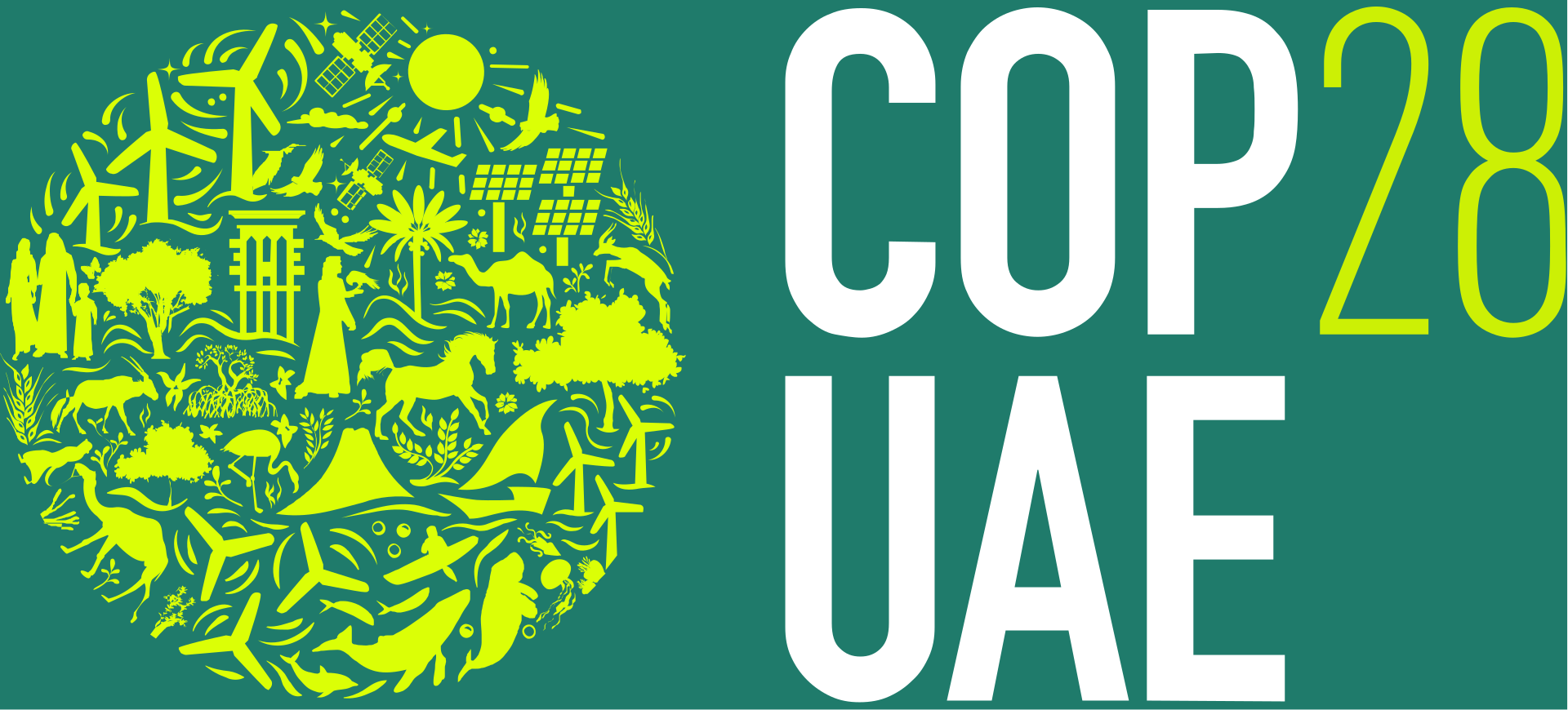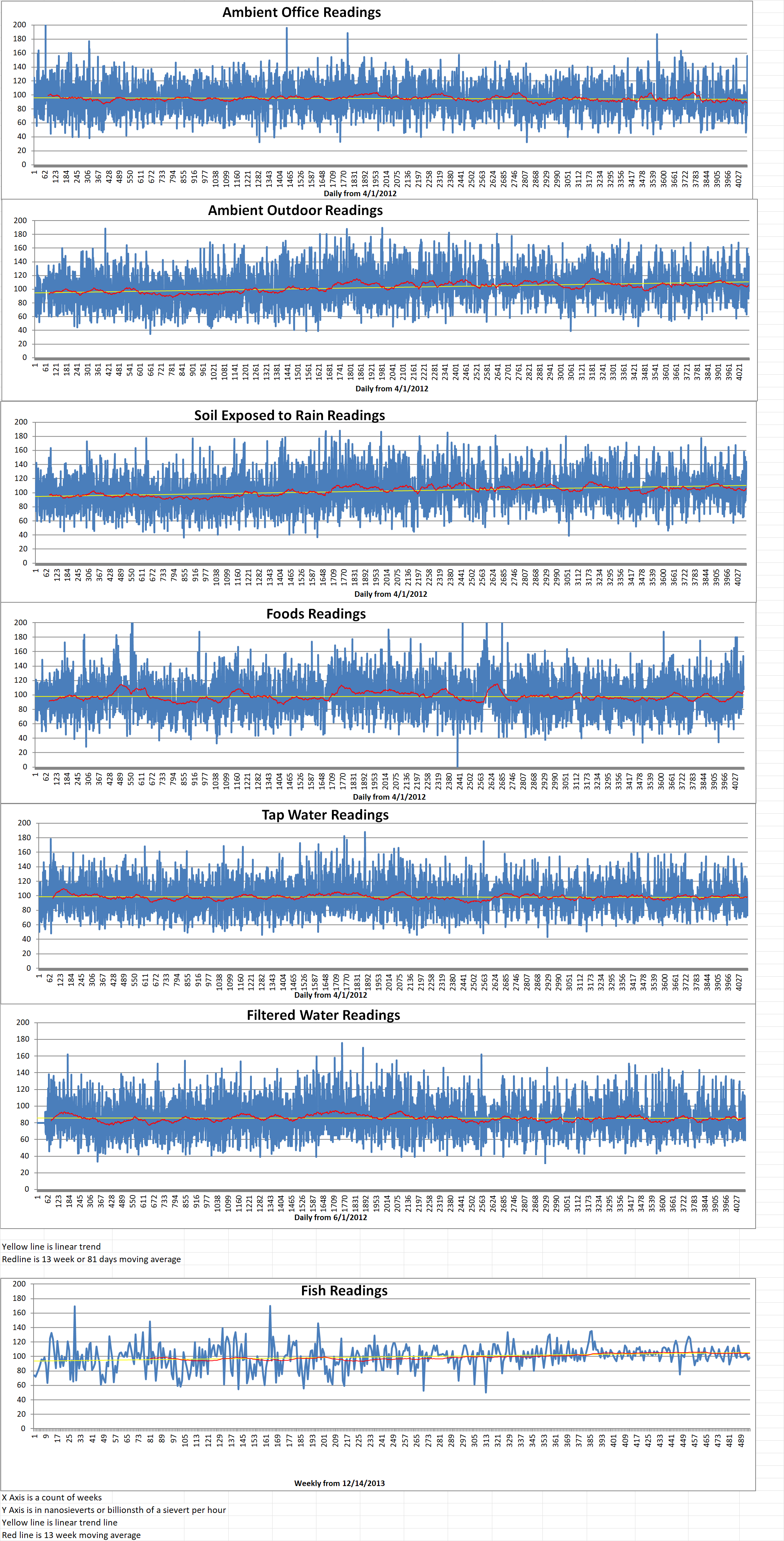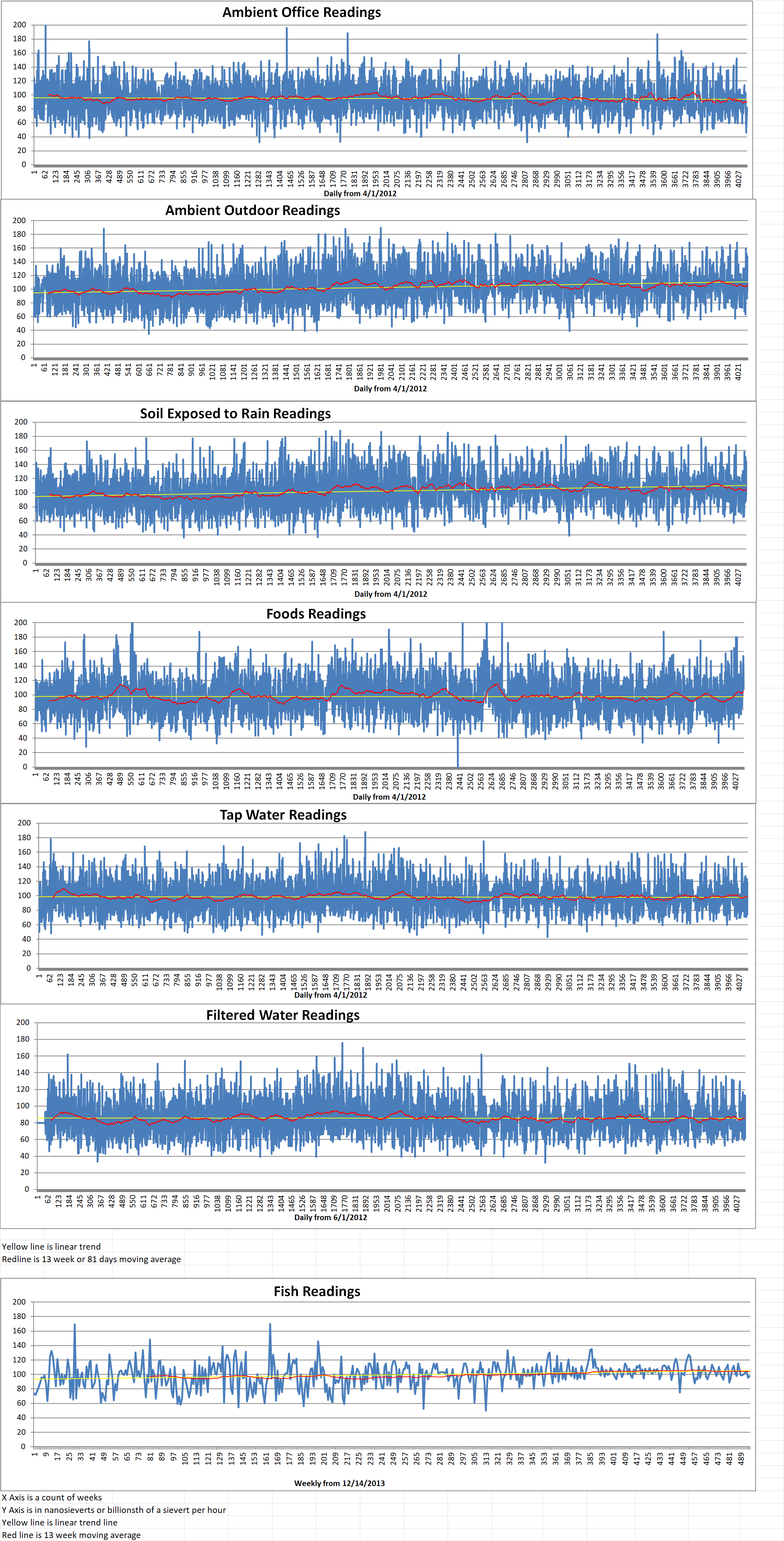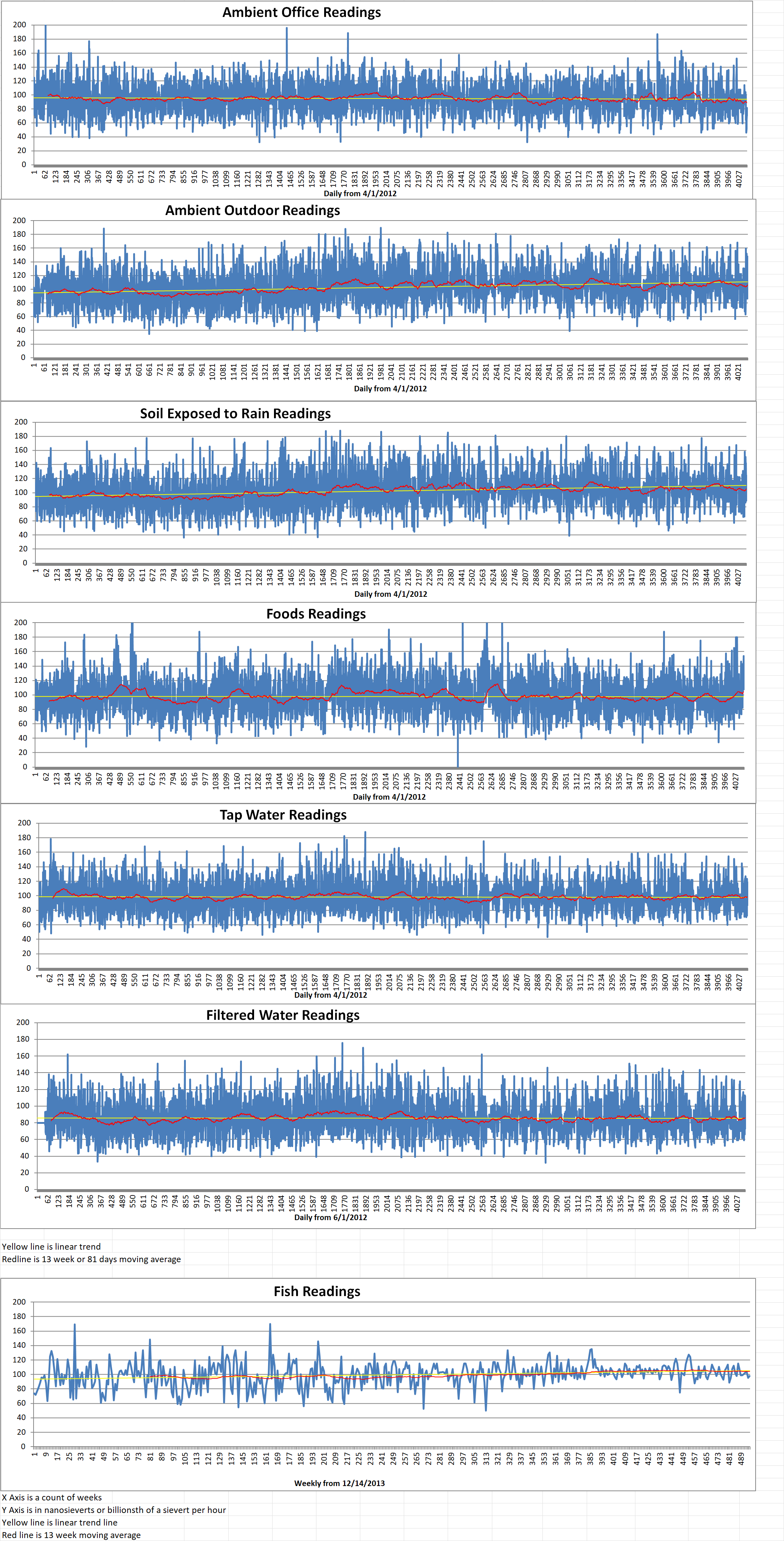Jevgeni Ossinovski is a Social Democratic Party (SDE) Member of Parliament and a former government minister. He said that a nuclear power plant should only be constructed in Estonia if it is an unavoidable necessity. Ossinovski made his remarks at a debate of party politicians which formed part of Monday’s Nuclear Energy Information Day conference.
Estonia has no nuclear power plants a present. The possibility of constructing a small modular reactor (SMR) in a costal area of the country is being debated. The U.N.’s International Atomic Energy Commission (IAEA) last month announced that it found that Estonia has the capacity to move forward with the deployment of nuclear energy, if it should choose to do so.
Ossinovski said that considering the associated risks, the question is whether a nuclear power is really necessary. It would a first for Estonia and leap into the unknown. There is also the question of long-term impact on society regarding the disposal of spent nuclear fuel. He added that in many other parts of the world, the construction of a nuclear power plant has become significantly more expensive than originally planned.
Ossinovski mentioned that he was only speaking on behalf of his party, the Social Democrats. He said, “Yes, if there is an unavoidable need [to have a nuclear power plant] but my party believes that there is no unavoidable need.”
Meanwhile, the Isamaa Party’s representative at the conference, former IT and foreign trade minister Kristjan Järvan, said that stepping back before deciding on how Estonia views its future economic policy is a required precursor to making energy policy decisions.
If Estonia desires a bigger economy, which would also necessitate the development of industry, that would require the construction of a nuclear power plant. However, if that is not desired, then alternative energy such as wind power is sufficient to meet domestic needs, according to Järvan. At the same time, Estonia’s energy production needs to be diversified. Nuclear energy is an important option that should be considered in any case.
Andres Sutt of the Reform Party is another former IT and foreign trade minister. He said that all such major decisions need time. However, investors also need certainty. Sutt said, “Even if we create this framework, it is not 100 percent certain that there will be an investor who chooses to invest here.”
Several potential sites for an Estonian SMR have been identified. Private sector company would like to get the contract to build the SMR if Estonia decided to move ahead with deployment.
The only operational SMRs in operation in the world are in China and Russia.
Finland currently has five operational nuclear reactors across two sites. Work on a plant at a third site at Hanhikivi, near Oulu, in the North of the country, was canceled after Russia invaded Ukraine in 2022. Finland had signed a deal with Rosatom, Russia’s state nuclear agency, to build the plant.
The U.K. has nine operational nuclear reactors at five locations nationwide. They provide about sixteen percent of domestic electricity needs.
Estonia was under Soviet occupation when the 1986 Chernobyl disaster occurred. Some Estonians were forcibly drafted in response to the human-caused catastrophe. The RBMK-type reactor that exploded is now obsolete.

